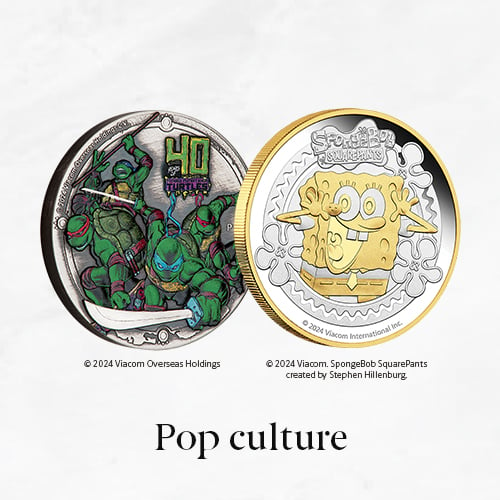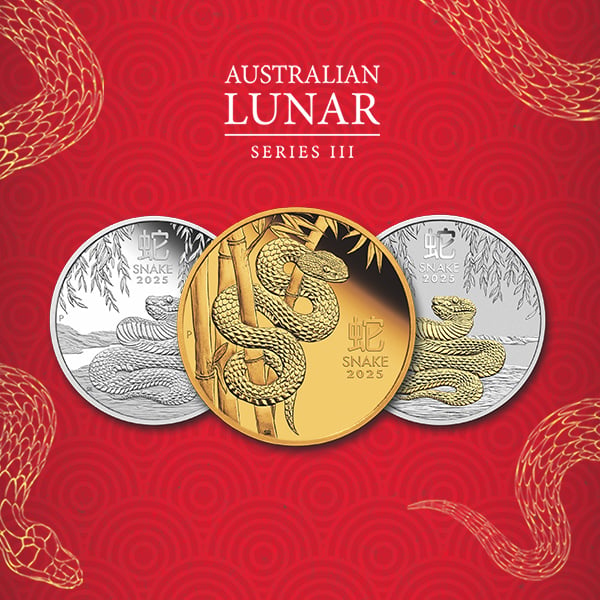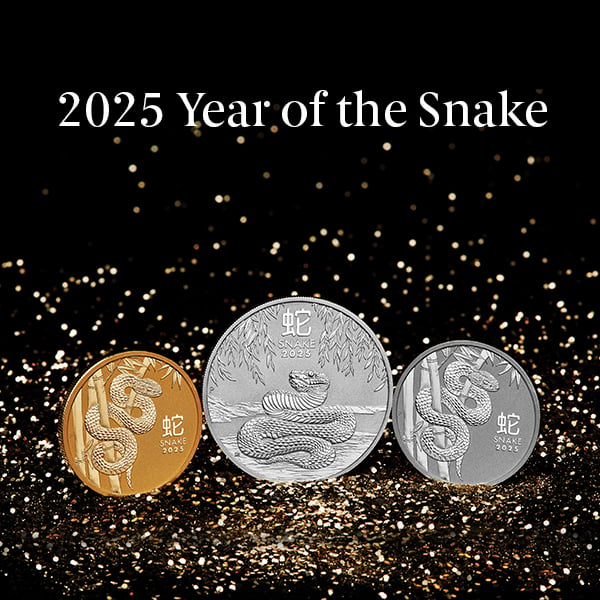The Perth Mint was my home
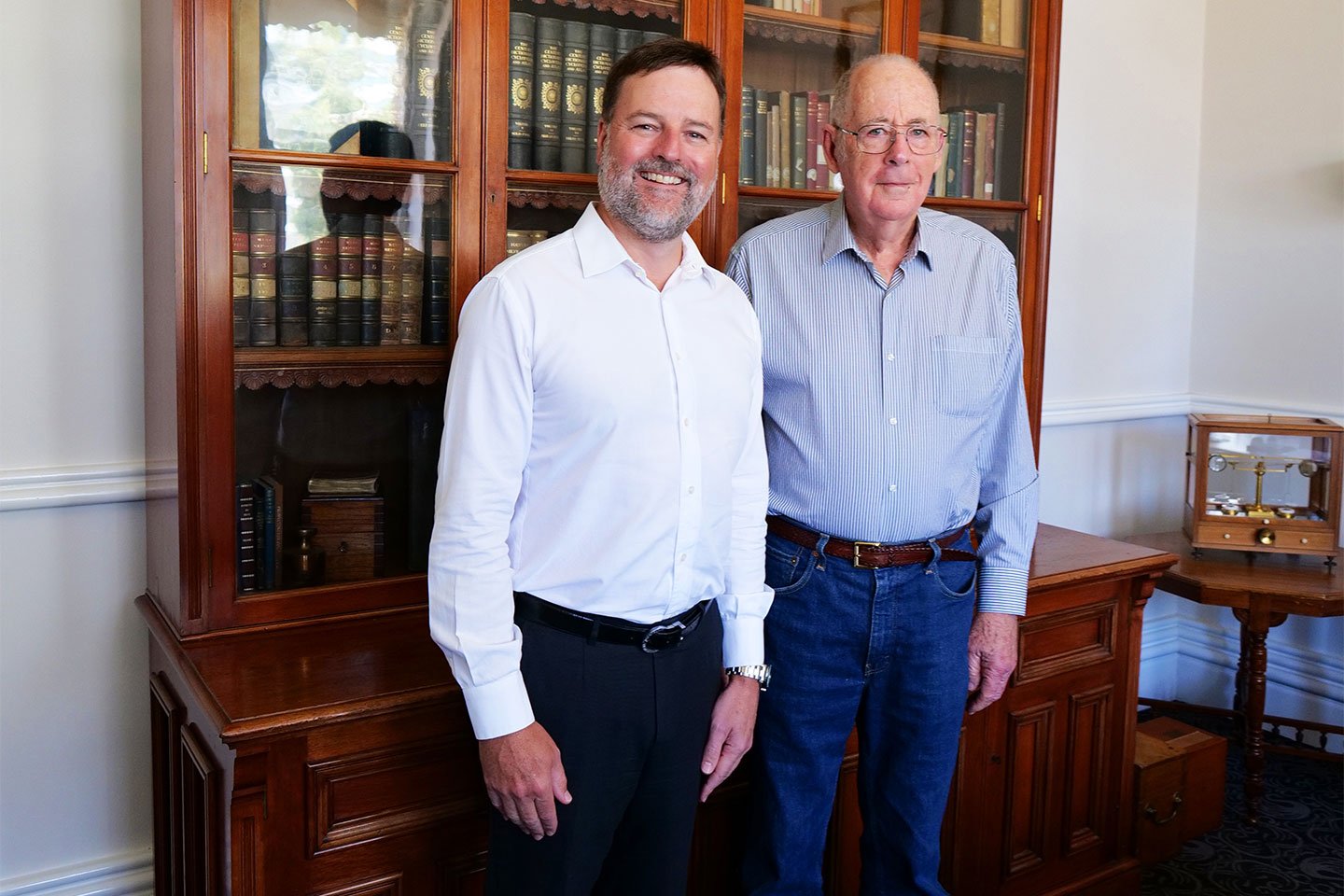
The Perth Mint recently welcomed back a former resident, Robert Cook, who made the Mint his home throughout most of his childhood.
Robert, now in his 80s, is the son of former deputy master Charles Cook who worked at the Mint an incredible 47 years and seven months, from 1929 to 1976.
Robert visited in December with his wife Libby. He met with CEO Paul Graham and was given a behind the scenes tour of the original Mint buildings by Curator Natasha Fenner.
It is no longer commonly known that from 1897 to the 1980s the main administrative building was also home to the Mint’s two senior officers, the deputy master and superintendent, and their families.
Charles started at the Mint in 1929 as a technical officer and moved through the business working as a registrar, assayer and chief clerk.
Superintendent’s residence
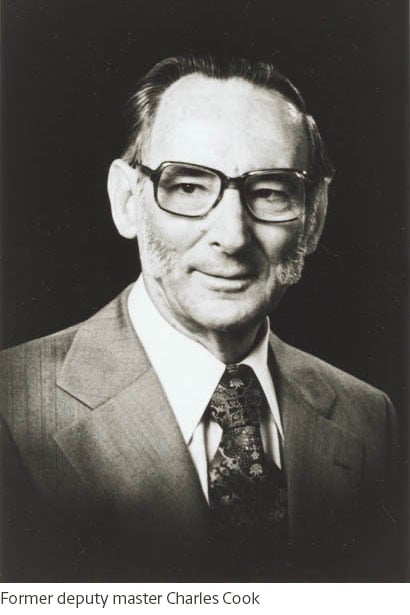
In 1949 he was appointed superintendent and moved his family into the west residence upstairs from what is now the jewellery boutique.
The superintendent’s residence was reached via the central staircase in the foyer, which was partitioned off from the ground floor offices.
When the Cook family moved in, Robert was 7. He was the eldest of four children, followed by sister Diane, 5, brother Michael, 3, and newborn sister Jill. Three more children were welcomed while the family lived in the west wing – Jennifer (1952), Edward (1957) and Anthony (1959).
As Robert walked upstairs to revisit his childhood home, he remarked that the staircase felt smaller than he remembered and felt it was a shame the original rich jarrah timber had been painted white.
He remembered proudly that, as he got older, he could jump a whole flight of stairs in a single leap while holding on to the bannister.
Robert’s bedroom was on the top floor of the central tower, where he had a view across the forecourt. He recalls being woken early in the mornings by a strange noise and finally figured out it was the Union Jack being raised each day.
What is now the Kureejup board room was the family’s lounge room and the office across the passage was the playroom. Originally it served as the dining room and it still had a small external lift, now removed, that ran up the back wall to deliver milk and other supplies to the family.
Deputy Master’s residence
In 1962, Robert’s father was promoted to deputy master and the family moved across to the spacious residence that occupied the entire east wing. The rectangular green door on the east of the building was the family’s private entrance.
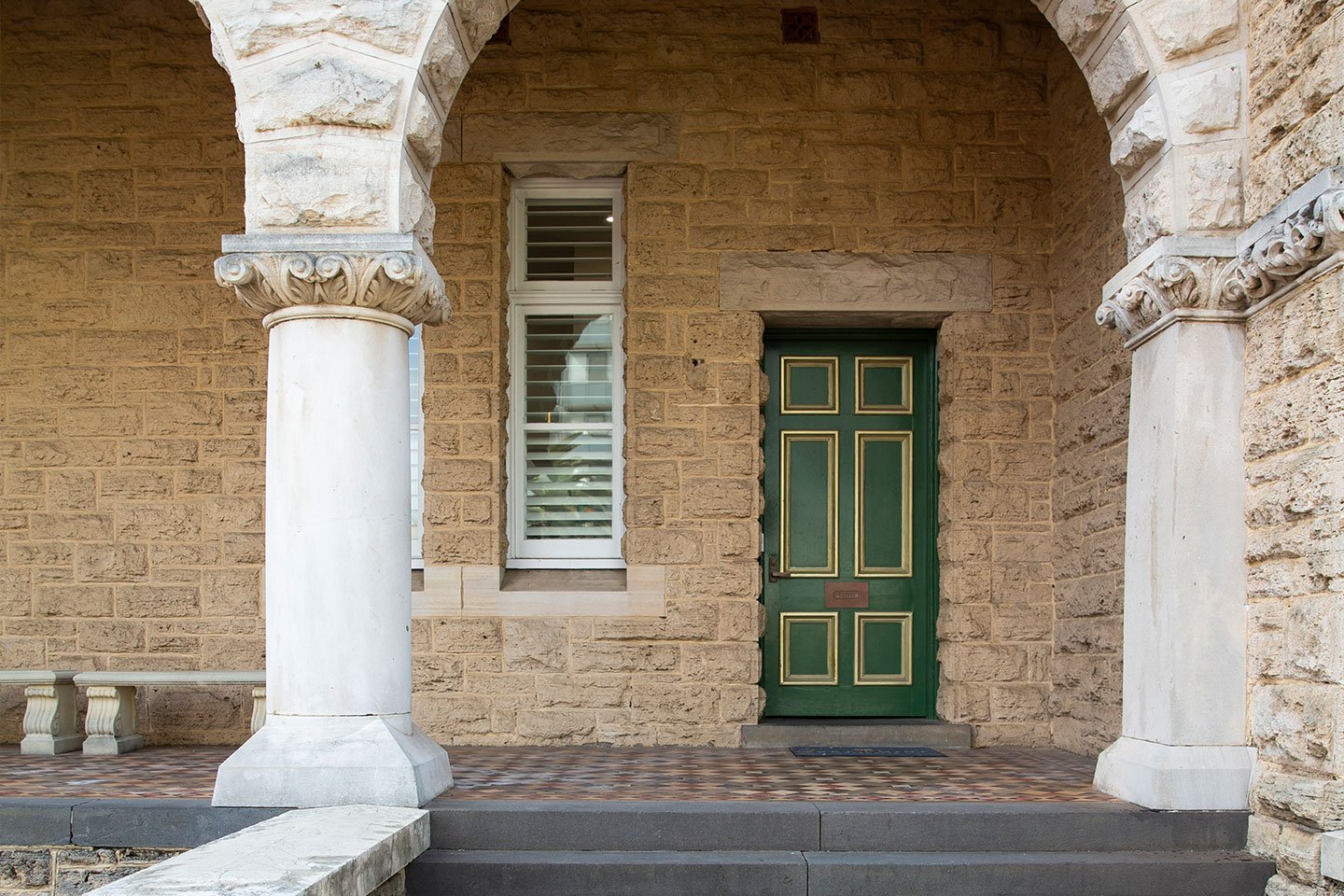
The ground floor housed a kitchen and laundry as well as a formal lounge room (now the front shop office), dining room (now the customer onboarding area) and ball room (the gift shop) which was used mainly as a playroom.
Upstairs were the family bedrooms, including Robert’s parents’ bedroom in what is now a meeting room. Robert’s bedroom was on the mezzanine, sandwiched between two bathrooms. With the many internal alterations to the administration building over the years, Robert discovered his old bedroom is now a female bathroom.
The internal courtyard was the family’s private garden where they could hear the rhythmic thumping of the presses in the coining room behind. The courtyard didn’t provide a lot of space for children to play so the boys would play cricket on the front lawn. Robert recalls: “I put a ball through one of the windows, in the corner, the deputy master’s office.”
As well as flying cricket balls, pigeons were also a problem at the Mint. The gatekeepers used a .22 short rifle to take shots at the pigeons on the roof.
Due to the wayward aim of one gatekeeper, Charles Cook took charge of the rifle. Robert recalls his father was a crack shot and had an almost perfect record. He would stand out on the balcony at the back of the superintendent’s residence and shoot pigeons off the factory roof. Robert’s father allowed him a shot, but he missed and clipped the cast iron gutters.
School and neighbourhood
The Cook children attended Subiaco Primary School, catching the tram from East Perth and back. As a result, they did not have any friends in the local neighbourhood to play with nor were they allowed other children over due to some strict parental rules.
Robert had some recollections about the area neighbouring the Mint which has changed considerably over the years.
“There was a greengrocer and there was a place where you could have a meal on the corner. Eventually there was a lunch bar.”
The lunch bar didn’t get much business from Mint staff as security restrictions meant they couldn’t leave the premises during their shift.
Charles Cook remained deputy master until he retired in 1976. He had the distinction of managing the Mint through the transfer of ownership from Royal Mint to State Government in 1970.
Hobby and career
Robert’s interest was making radios. He would regularly quiz a staff member who shared a similar interest. As his parents didn’t allow him to have a radio, he built one in a cardboard box and wired it underneath his mattress to avoid detection. He also dug polish wax out from the grooves between the floorboards to secretly run wires along them.
This hobby led to a 38-year career in telecommunications. Starting as a technician in training with the Postmaster-General’s Department, Robert worked his way up through the transition to Telecom Australia to become Chief Information Officer for Telstra Training.
His technical skills were called on to help the Mint when the new police headquarters building in East Perth opened in 1975.
There were only two organisations in Perth that had alarms connected directly to the police – the Mint and the Reserve Bank. Robert explained that the Public Works Department was supposed to organise for the Mint’s alarm system to be transferred to the new headquarters but the employee responsible fell ill.
“Being involved in that sort of technology I built the gadget that went down in the police station and fixed it up so it would work with what they had before,” Robert said.
Although the internal layout is now much altered, Robert and Libby enjoyed their visit ‘home’ to the Mint. Their generosity in sharing memories of life here has added more about the experiences of past residents to the Mint’s Heritage Collection.

